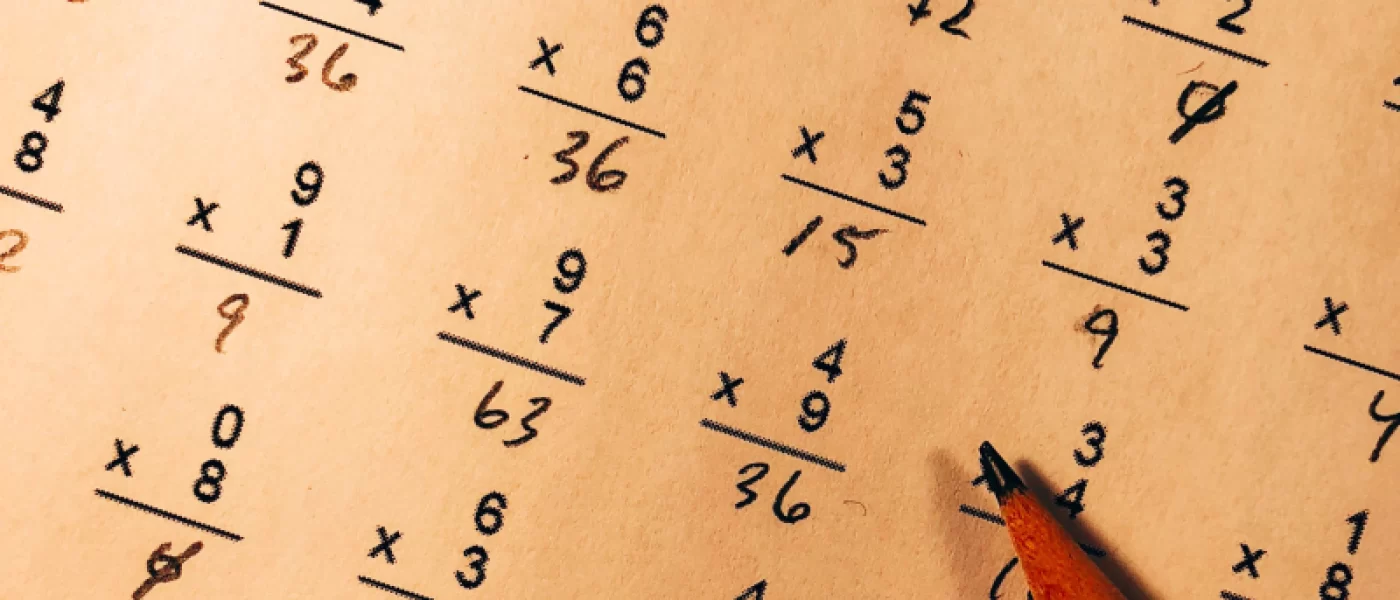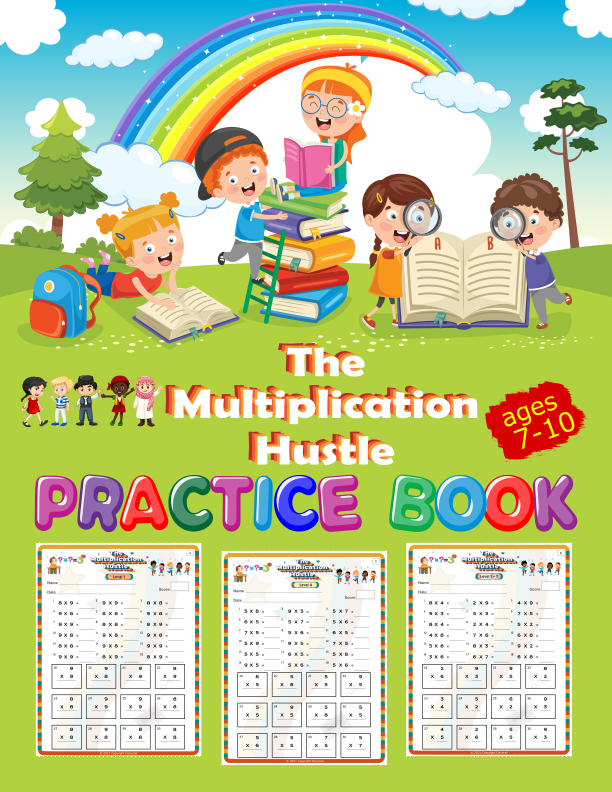Introduction
One of the most important things that students need to learn in mathematics is their multiplication facts. Multiplication is a fundamental math skill that is used daily, and it is important for students to have a strong understanding of it, however, we have seen students struggle first hand from not knowing their times tables. There are many benefits to committing multiplication facts to memory, including:
- Improved math skills: When students know their multiplication facts, they can more easily solve other math problems. This improved understanding can lead to better grades and a greater confidence in math overall.
- Faster problem solving: If students don’t have to stop and think about what 7 x 8 is, they can work through math problems more quickly. This can be helpful in timed tests or when trying to finish a difficult assignment.
- Less frustration: Being able to quickly recall multiplication facts can help reduce frustration levels when working on math tasks. If students feel confident in their abilities, they are more likely to enjoy learning math.
Learning multiplication facts is an important part of mastering mathematics. By taking the time to memorize these facts, students can see significant improvements in their math skills.

Develop Multiplication Mastery
Mastery of the multiplication tables means being able to recall them quickly and accurately without having to stop and think. This usually takes quite a bit of practice. A good way to start is by timing your child as they recite the multiplication facts from memory.
The Multiplication Hustle serves as an excellent resource because it reduces the number of facts to be memorized to only 36, then sets it up in a pyramid format with 7 levels to be memorized. It then incorporates dancing, singing, coloring, card games, and workbook practice, thus tapping into multiple parts of the brain to help with memorization.
The theory behind this process is that if ones and tens are removed and help users understand that switching the order of the problem produces the same product, there are essentially only 36 facts that need to be learned.
Another useful method is to create a multiplication chart together. Help them fill in the missing products until the entire chart is complete. Then, challenge them to use the chart to answer different types of problems, such as finding a specific product or filling in Missing Factor Problems (MFPs).
MFPs are word problems that require students to determine one factor when given the other factor and product, such as “What number multiplied by 9 equals 72?” By regularly practicing with both timed tests and multiplication charts/MFPs, your child will develop strong recall of their multiplication facts and be well on their way to mastering this essential math skill!
5 Other Tips to Memorize Multiplication Facts
There’s no doubt that multiplication is a critical math skill, but it can be tough for kids to grasp. That’s why we’ve put together this roadmap to help your child master multiplication in just minutes per day.
With our simple tips and tricks, your child will be a multiplication pro in no time! Here’s what you’ll need to do:
- Review basic multiplication facts. This is the foundation for everything else, so it’s important to make sure your child knows them cold. Give them some quick flashcard drills or have them work on memorizing the times tables.
- Understand place value. Once your child grasps that 3 x 4 really means “three groups of four,” they’ll be well on their way to understanding more complicated concepts like multiple digit multiplication.
- Practice skip counting. This is a great way to help kids see patterns in numbers and understand how multiplication works. Have them start at any number and count up by twos, threes, fours, etc. until they reach 100 (or beyond!).
- Use visual aids. Multiplication can be tough to visualize, so utilizing things like number lines or arrays can be helpful in solidifying the concept for kids.
- Try different strategies. There’s no one right way to multiply, so encourage your child to experiment with different methods until they find one that clicks for them. Whether it’s using their fingers, drawing pictures.
Daily Multiplication Practice
Once your child is comfortable with their times tables up to 10 x 10, we recommend to continue daily multiplication practice by having them do 25 problems each day. You can use the Multiplication Hustle Practice Book, find other printables online or make your own. Once they complete all 25 problems, have them check their work and then correct any mistakes.
Conclusion
If you commit to spending just a few minutes each day practicing multiplication, you’ll be surprised at how quickly you can master the skill. With a little bit of practice, anyone can become a multiplication expert in no time. So what are you waiting for? Get started today and see how quickly you can achieve multiplication Mastery!




